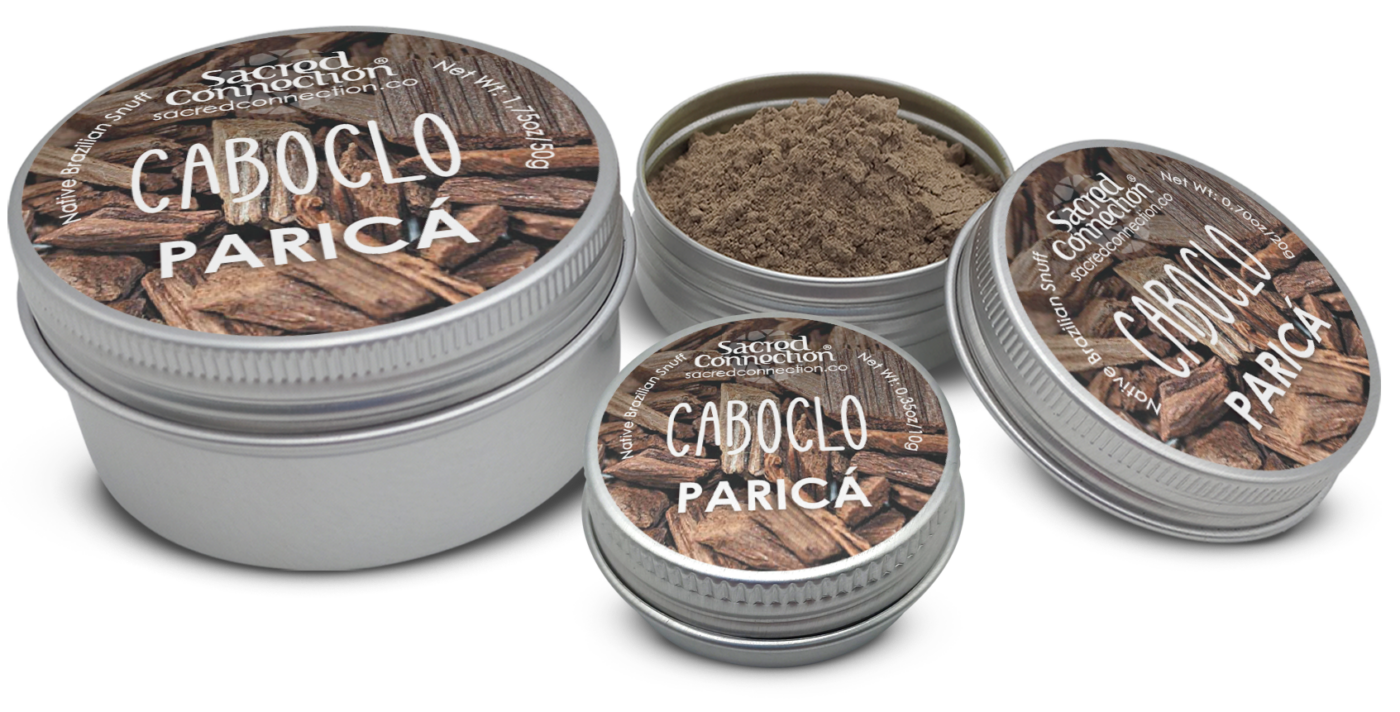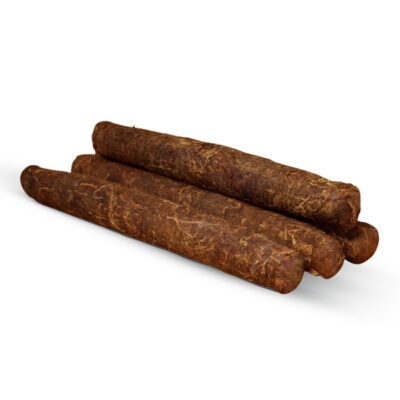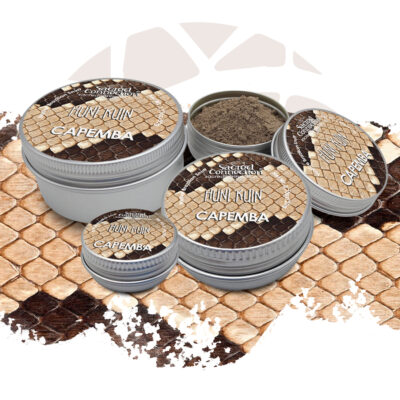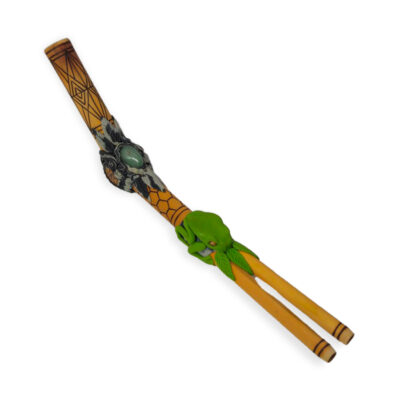De Yawanawa-stam
De Yawanawá-stam is een groep inheemse volken die in het regenwoud van de Amazone in Brazilië leven en het inheemse land van de Gregório rivier bezetten. De Yawanawa leven al duizenden jaren in harmonie met het woud en hebben hun cultuur en tradities behouden ondanks de Europese kolonisatie.
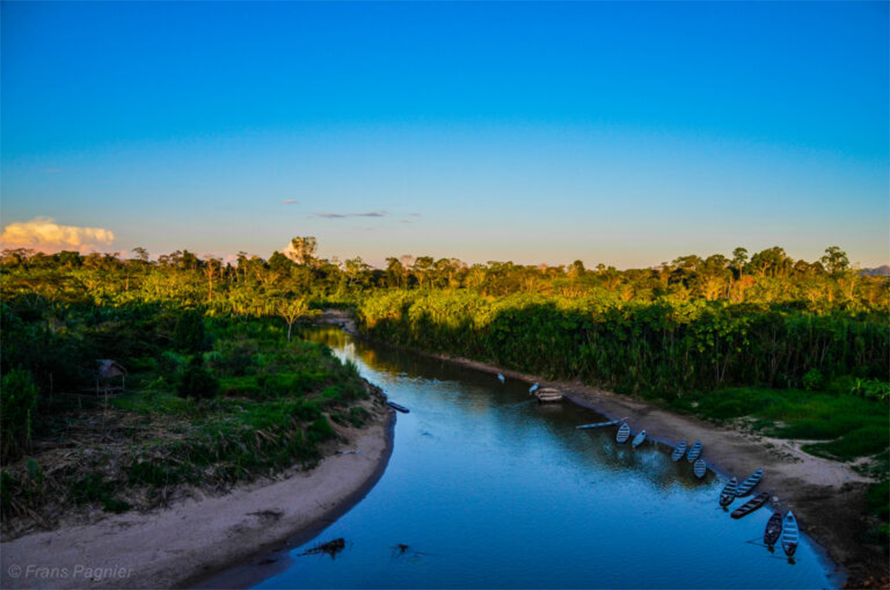
De Yawanawa stammen af van de Pano taal, zoals veel van de stammen in de Braziliaanse deelstaat Acre en ook in Peru. Ze hebben sterke familiebanden met verwante stammen zoals de Katukina met wie ze hun stamland delen aan de Gregorio rivier, de Shawãdawa, de Yaminawá en anderen. Hun naam komt van het wilde zwijn of de witlip pekari, in hun taal Yawa, Nawa betekent volk. Ze hebben deze naam omdat ze van oudsher een hechte groep waren die in een hechte band rondzwierven, zoals hun naam aangeeft. De namen van alle Pano-stammen hebben een betekenis voor hun sociale structuur en spirituele erfgoed.
In het begin van de 20e eeuw, het begin van de rubberboom, kwamen ze voor het eerst in contact met de blanke man en begonnen ze voor hen te werken in de rubberwinning. Dit is wat er gebeurde met de meeste pano-stammen en het was een tijd waarin veel stammen werden uitgeroeid of tot slaaf gemaakt. De Yawanawa kwamen op een punt dat er nog maar ongeveer 50 leden van de stam over waren. In de jaren tachtig maakten ze een Yawanawa levensplan en begonnen ze de rubbertappers, de evangelisten en de alcohol te verdrijven. Hiermee begonnen ze hun cultuur en spiritualiteit terug te brengen. Daarbij hoorden ook hun heilige plantenmedicijnen zoals Ayahuasca en Rapé en de praktijk van hun initiatiediëten.

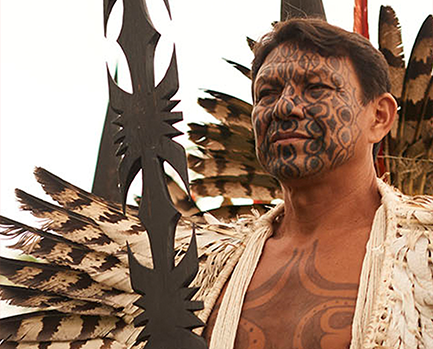
Wat is Yawanawá Rapé?
Rapé is een heilig medicijn voor de Yawanawa en een belangrijk onderdeel van hun geschiedenis. Ze noemen het Ruma en volgens hun mythologie is het afkomstig van de eerste mens die stierf, koning Ruwa.
Toen ze hem begroeven, groeiden er heilige planten, waaronder de tabaksplant, over zijn lichaam. De sjamaan vermaalde het tot poeder en de mensen gebruikten het voor genezing.
Chief Biraci was de eerste van de culturele heropleving na de rubberboom die een inwijdingsdieet deed en was een van de eersten die Rapé terugbracht in hun cultuur. Hij is een geweldige verhalenverteller en misschien wel de persoon die de tradities en mythen van zijn volk het beste kent. Hij vertelt veel over de geschiedenis van Rapé en wat het betekent in hun cultuur. Hij legt uit dat het in de eerste plaats een middel was om in contact te komen met hun voorouders, kijk maar eens naar de volgende video.
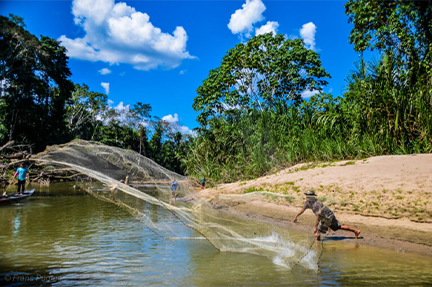
Toen de eerste blanke naar hun land kwam, bood het opperhoofd hem Rapé aan, omdat hij wilde zien of deze man zuiver van hart was. Volgens hun traditie konden veel medicijnen goed of slecht gebruikt worden, afhankelijk van de intenties van degene die ze gebruikte, maar Rapé niet; dat kon alleen goed gebruikt worden.
(Dit is gebaseerd op de mythologie van de Yawanawá; houd er rekening mee dat Rapé een tabaksproduct is en dat je er voorzichtig mee moet zijn).

Yawanawá Sjamanisme
Ondanks de reputatie van het Yawanawá sjamanisme om te genezen, was het vroeger een meer diverse traditie die meer praktische toepassingen van sjamanistische kennis inhield. Wat betreft het genezen, is de meest voorkomende praktijk tegenwoordig het bidden, bekend als shuãnka. Tijdens de genezingssessies neemt de sjamaan ayahuasca en reciteert boven een pot met maniok caiçuma (een gefermenteerde drank) waarvan de patiënt later zal drinken.
Sjamanen zijn traditionele genezers in het Amazonegebied en hun diagnose van ziekten is gebaseerd op de dromen van patiënten. Er bestaan verschillende sjamanistische technieken en er zijn verschillende namen voor elk type specialist: yuvehu, kushuintia en shuintia.
Sjamanistische initiatie is een proces dat vier processen omvat:
- Het ondernemen van bepaalde beproevingen, die kunnen worden opgevat als een soort test om te zien of de persoon heeft wat nodig is om een sjamaan te worden.
- Het voldoen aan strikte periodes van voorzorgsmaatregelen. Dit betekent dat de persoon zich tijdens de training moet onthouden van bepaalde activiteiten en gedragingen.
- De inname van verschillende soorten hallucinogene stoffen
- Het leren van de specifieke kennis die komt kijken bij de genezingsgezangen en 'gebeden'.
Yawanawa stammenland
Het Yawanawá-volk is een inheemse stam die leeft in het zuidelijke deel van het inheemse land van de Gregório rivier en 200.000 hectare deelt met het Katukina-volk van het dorp Sete Estrelas.

De Yawanawa leven voor een groot deel van duurzame landbouw, visserij en jacht. Vissen en jagen maken beide een groot deel uit van de cultuur van de Yawanawá. De hele gemeenschap neemt deel aan vistochten in het droge seizoen, die uitgroeien tot voedselfestivals.
Het Yawanawá festival is een gelegenheid om hun cultuur te vieren door middel van eten, dans en geloofsrituelen, en de Heilige Snuff Yawanawa Rapé zal ook worden ingewijd op deze festivals.
Ze staan bekend om hun prachtige handwerk, zoals hun kralenarmbanden en oorbellen. De Yawanawa taal wordt op hun scholen aan de kinderen onderwezen.
Yawanawa stammenland
In Brazilië begon toen de beweging voor inheemse rechten en mensen als Biraci Yawanawa, Siã Huni Kuin, Airton Krenak en anderen kwamen op voor hun volk.
Ze vechten nog steeds voor hun bestaansrecht en hebben nog steeds een sterke stem in de inheemse rechtenbeweging in Brazilië, zoals opperhoofd Biraci Nixiwaka Yawanawa, Laura Yawanawa en Tashka Yawanawa.
Onder de heilige medicijnen van het Yawanawa volk
heeft de Rumé of Rumã, zoals zij hun Sjamanistische Snuif noemen, een centrale plaats in hun cultuur.
hun cultuur.
